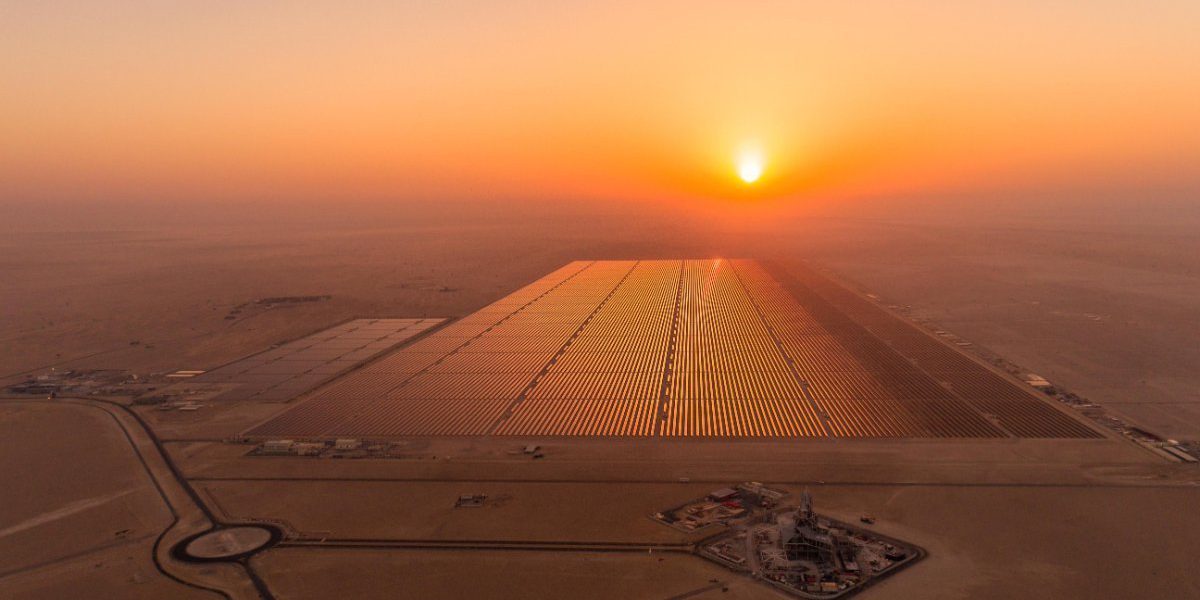The American University in Cairo (AUC) will be the first Middle Eastern and African university team to compete in a European contest that will take place in September.
Solar Decathlon Europe 2012 is a competition between universities from all over the world that aims at designing and building a self-sufficient house. AUC will compete with 20 other selected teams this coming September in Madrid, Spain.
A team of architecture students as well as mechanical, construction and electronic engineering students have designed a solar house as part of AUC’s Sustainable Living Interactive Design (SLIDES), a project in sustainable design and construction with the goal of creating a fully-functioning, 21st-century, energy-efficient and environmentally sustainable home.
Sahra Rheinfrank, one of the project architects, explains that the solar house started as a design project. Students' ideas that were creative and appeared suitable for Egypt’s climate and industry were chosen and developed over recent months.
The AUC students' solar house has a “matchbox” configuration, with a double-layered screen that resembles the mashrabiya screen, a core element of traditional Arab architecture, which allows privacy and controls the amount of light and heat that enters the building.
Yomna al-Yamany, a project architect and teaching assistant at AUC, says: “The design of our facades takes the form of a Voronoi, a decomposition of metric spaces, to represent in a modern way the interlocking of the stones used thousands of years ago in Egyptian architecture and revive the Egyptian culture.”
The originality of the solar house is the combination of Oriental architecture style with modern technology and tested techniques for passive cooling to adapt to a desert-like environment.
The “perforated screen” of the exterior of the building can be directly controlled by the user so that in the winter, the shed-like structure is slid open to maximize solar gain through the southern glass facade, while during the summer the shed is closed, minimizing the heat and shading the house.
The SLIDES house is projected to use sustainable and locally available materials. As Yamany told Al-Masry Al-Youm: “The team is currently researching the adoption of recycled wood chips, and compressed papyrus and palm leaves were both tested for the finishing screen material so the house is designed to fit in any context and not only Egypt.”
The solar house can in fact face extreme climate conditions and maintain the sustainability of the design by relying on renewable energy sources, such as solar energy, and reducing energy and water consumption.
Even though the sustainable house reflects the Egyptian tradition, it’s also designed to be individually customized and marketed worldwide.
“The house should be easily shipped via truck and ship, and it’s affordable because the building materials are recyclable and purchased for lesser price,” Rheinfrank explains.
The AUC team is currently in the construction development phase, which is the most important, as Yamany stresses.
“The talented group of students will be able to have our first zero energy house that carries the Egyptian identity and spread among the youth more information about the importance of protecting our surrounding environment,” he adds.
However, the main obstacle right now is funding.
“In order to get materials, consultants and appliances for the construction, we need half of the money by October 2011, and for the assembling, insurance and shipping to Madrid, we need the rest by March 2012," Rheinfrank says.
She says some Egyptian companies have shown interest in supporting the project, but so far, none have suggested a possible cooperation with SLIDES.
The team is optimistic about their chances of winning the Solar Decathlon because comments from judges have been particularly positive, stressing the innovative design of the solar house compared to other projects presented.




